Scuba diving is more than just a sport—it’s an unforgettable adventure that allows you to explore the hidden wonders of the ocean. From vibrant coral reefs teeming with marine life to deep, mysterious caves, the underwater world offers Breathtaking experiences for divers of all levels. Whether you’re seeking thrilling shark encounters, mesmerizing shipwrecks, or simply the tranquility of floating in crystal-clear waters, the world’s best scuba diving spots promise an experience like no other.
Why These Dive Spots Are Must-Visit Destinations
With thousands of dive sites worldwide, it can be overwhelming to choose the perfect one. However, some locations stand out due to their unique underwater ecosystems, outstanding visibility, and unparalleled biodiversity. The sites on this list have been carefully selected based on several key factors, including:
- Marine Biodiversity – The variety of marine species, from tiny seahorses to majestic manta rays and sharks.
- Water Visibility – The clarity of the water, which enhances the diving experience.
- Unique Features – Wrecks, underwater caves, volcanic formations, and deep-sea trenches that make a site special.
- Diver Accessibility – Whether a site is suitable for beginners, advanced divers, or technical diving enthusiasts.
- Best Time to Visit – These are the ideal months to dive, considering weather conditions and marine activity.
What to Expect in This Guide
In this guide, we’ll take you on a journey to 10 of the best scuba Diving spots in the world. You’ll discover what makes each location special, the best dive sites within them, and insider tips to make the most of your diving adventure. Whether you’re a beginner looking for shallow coral gardens or an experienced diver ready for deep-sea exploration, this list has something for you!
So, get your dive gear ready, and let’s explore the most breathtaking underwater paradises on the planet! 🌊🤿
External Resources:
1. Exploring the Wonders of the Great Barrier Reef, Australia
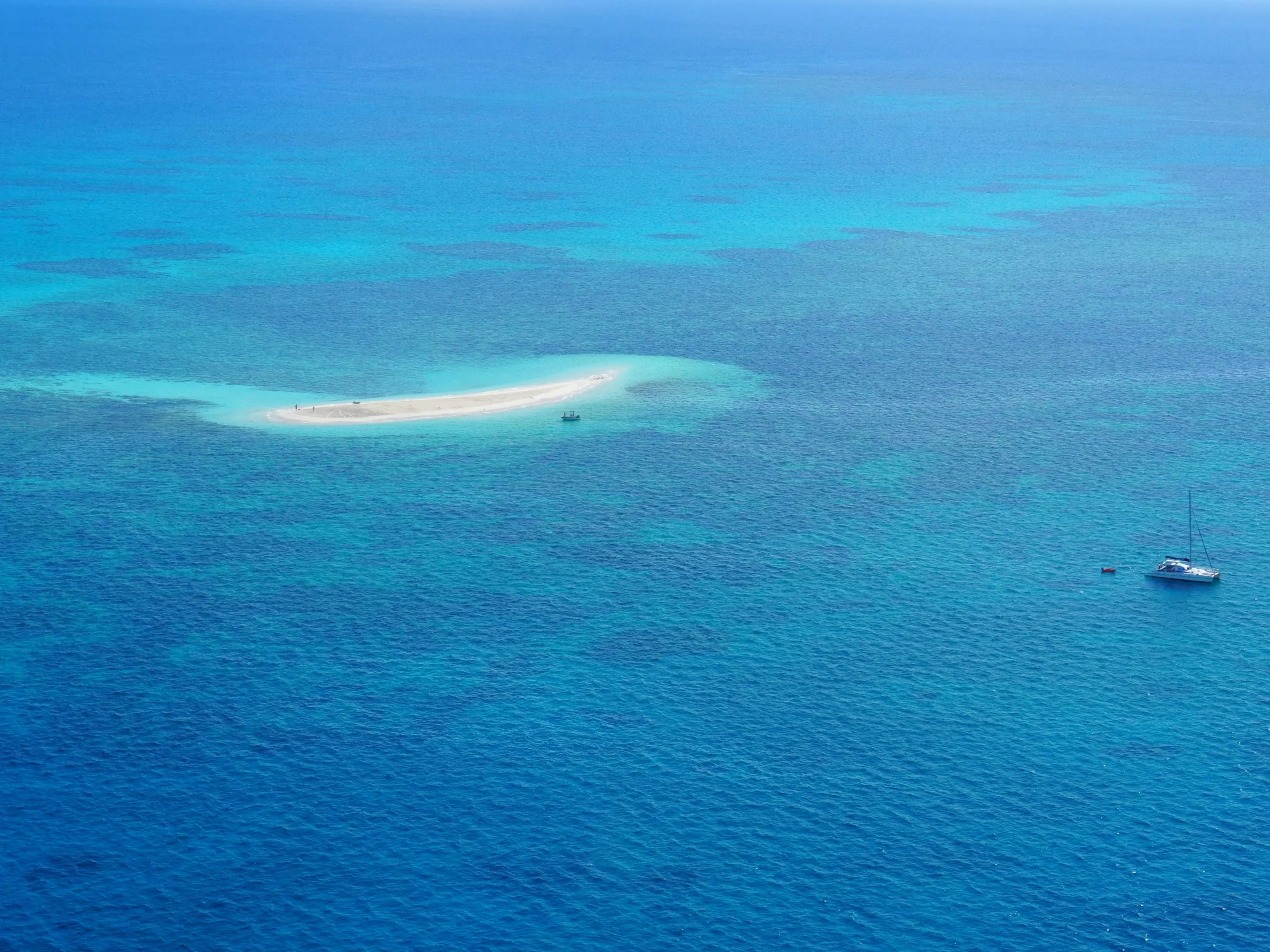
The Great Barrier Reef is one of Earth’s most spectacular scuba diving destinations. Stretching over 2,300 kilometers (1,400 miles) along the coast of Queensland, Australia, this UNESCO World Heritage Site is home to vibrant coral reefs, diverse marine species, and crystal-clear waters. Whether you’re a beginner or an experienced diver, this underwater paradise offers breathtaking dive experiences that you won’t forget.
Why Dive Here?
The Great Barrier Reef is famous for its extraordinary biodiversity and stunning coral formations. It is home to:
✔ Over 1,500 species of fish, including clownfish, parrotfish, and barracudas.
✔ Six species of sea turtles, including the endangered green sea turtle.
✔ Majestic manta rays and whale sharks, are often seen in certain seasons.
✔ Over 400 types of coral, form one of the world’s most complex ecosystems.
Additionally, the visibility ranges from 15 to 50 meters (50 to 165 feet), ensuring an unforgettable diving experience.
Top Dive Sites
| Dive Site | Why It’s Special | Recommended For |
|---|---|---|
| Cod Hole | Giant potato cod that interact with divers | Beginner & Intermediate |
| Osprey Reef | Dramatic drop-offs, sharks, and pelagic life | Advanced |
| Ribbon Reefs | Pristine coral formations and marine diversity | All levels |
Each of these locations provides unique encounters, from close-up shark diving to colorful coral gardens teeming with fish.
Best Time to Visit
The best time to dive in the Great Barrier Reef is from June to November, when:
✅ Water temperatures are comfortable (24-29°C / 75-84°F).
✅ Visibility is at its peak due to calm seas and clear waters.
✅ Manta rays and whale sharks are more frequently spotted.
However, the reef is accessible year-round, with certain regions offering excellent diving conditions even outside the peak months.
Diving Tips
- Choose the right dive site: Beginners can explore shallow reefs, while advanced divers can try deep-wall dives.
- Book a guided tour: Many operators offer liveaboard trips that provide access to remote reef locations.
- Practice responsible diving: Avoid touching corals, maintain buoyancy control, and follow marine conservation guidelines.
- Pack reef-safe sunscreen: Protect both your skin and the reef from harmful chemicals.
By following these tips, you’ll ensure an eco-friendly and unforgettable diving experience in the Great Barrier Reef!
External Resources
Whether you’re drawn by the thrill of shark encounters, the beauty of coral gardens, or simply the serenity of floating in crystal-clear waters, the Great Barrier Reef is a scuba diver’s dream destination. So, pack your gear and get ready for an adventure of a lifetime! 🌊🐠
2. The Mysterious Depths of the Blue Hole, Belize
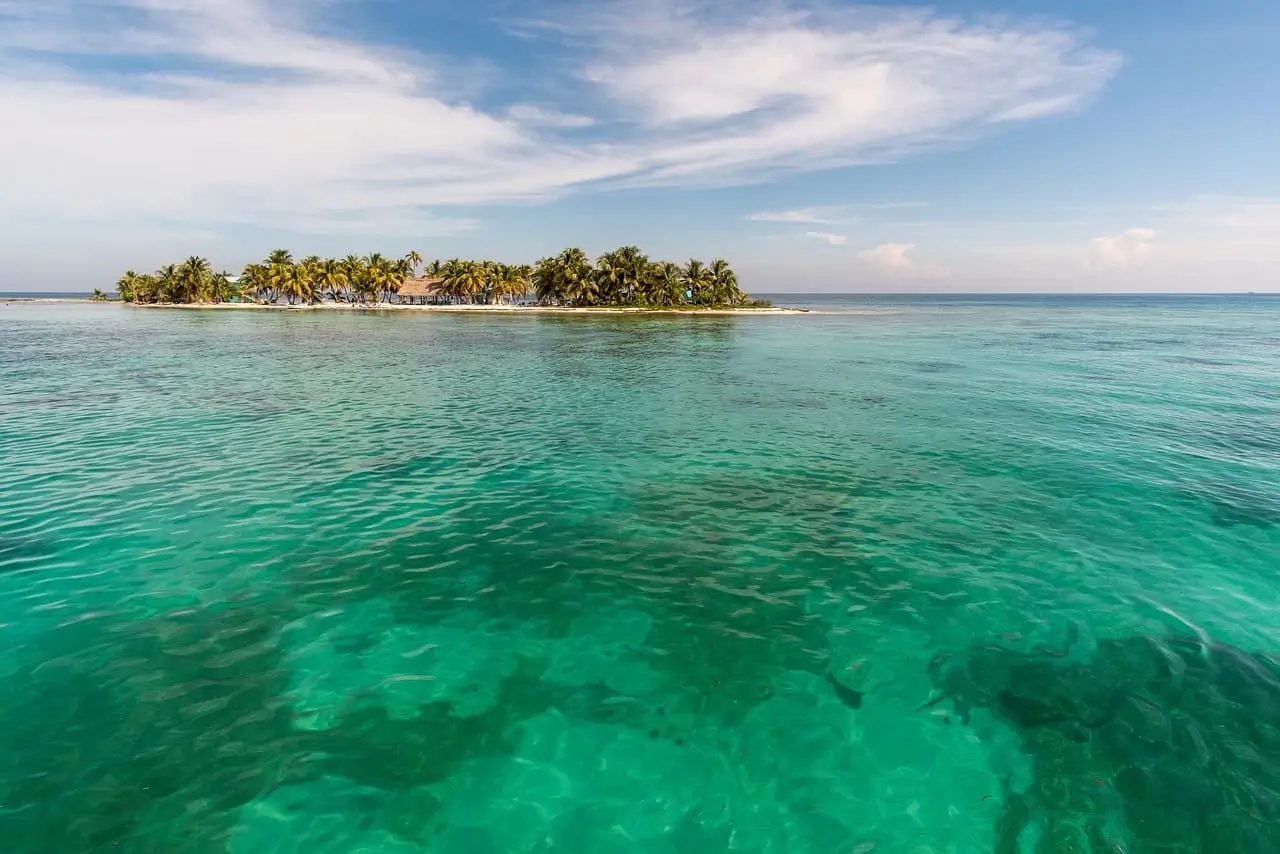
The Great Blue Hole in Belize is one of the most iconic and mysterious dive sites in the world. This massive, circular sinkhole—over 300 meters (984 feet) across and 125 meters (410 feet) deep—is a bucket-list destination for experienced divers. Located off the coast of Lighthouse Reef, this UNESCO World Heritage Site offers a truly unique underwater adventure.
Why It’s Famous?
The Blue Hole is not just a deep dive—it’s a natural wonder with a fascinating history. Formed during the last Ice Age, this sinkhole was once a limestone cave system before it collapsed, leaving behind an underwater cavern filled with ancient stalactites and eerie rock formations. Its nearly perfect circular shape and deep blue color make it one of the most photographed dive sites in the world.
What You’ll See?
Diving into the Great Blue Hole is unlike any other experience. As you descend, you’ll encounter:
✔ Massive stalactites and limestone formations at around 40 meters (131 feet).
✔ Caribbean reef sharks, bull sharks, and hammerheads patrolling the depths.
✔ A hypnotic deep blue abyss that creates an eerie and surreal atmosphere.
Due to its depth and lack of significant marine life in the lower levels, the dive is more about the geological formations and the thrill of deep diving than colorful coral reefs.
Who Should Dive Here?
| Experience Level | Recommended? | Why? |
|---|---|---|
| Beginner | ❌ No | Depth and lack of emergency exits make it risky |
| Intermediate | ⚠️ Maybe | Should have deep diving experience |
| Advanced | ✅ Yes | Depth, currents, and limited visibility require skill |
Since the Blue Hole reaches extreme depths, it is only recommended for advanced divers with deep-diving certification. Proper training, air management, and buoyancy control are essential for a safe and enjoyable dive.
Nearby Attractions
If you’re traveling to Belize to dive the Blue Hole, don’t miss these nearby gems:
🏝 Lighthouse Reef Atoll – A stunning coral atoll with rich marine biodiversity.
🐠 Half Moon Caye – A protected marine reserve home to turtles, rays, and vibrant fish.
🦈 Turneffe Atoll – One of the best places to see large marine species like sharks and dolphins.
After an exhilarating deep dive, these sites offer shallow reef dives with thriving marine life, making for a perfectly balanced dive trip.
External Resources
Diving the Great Blue Hole is a once-in-a-lifetime experience that challenges even the most skilled divers. If you’re looking for an adrenaline-pumping, otherworldly adventure, this is the dive for you! 🌊🤿
3. Raja Ampat, Indonesia – A Diver’s Paradise
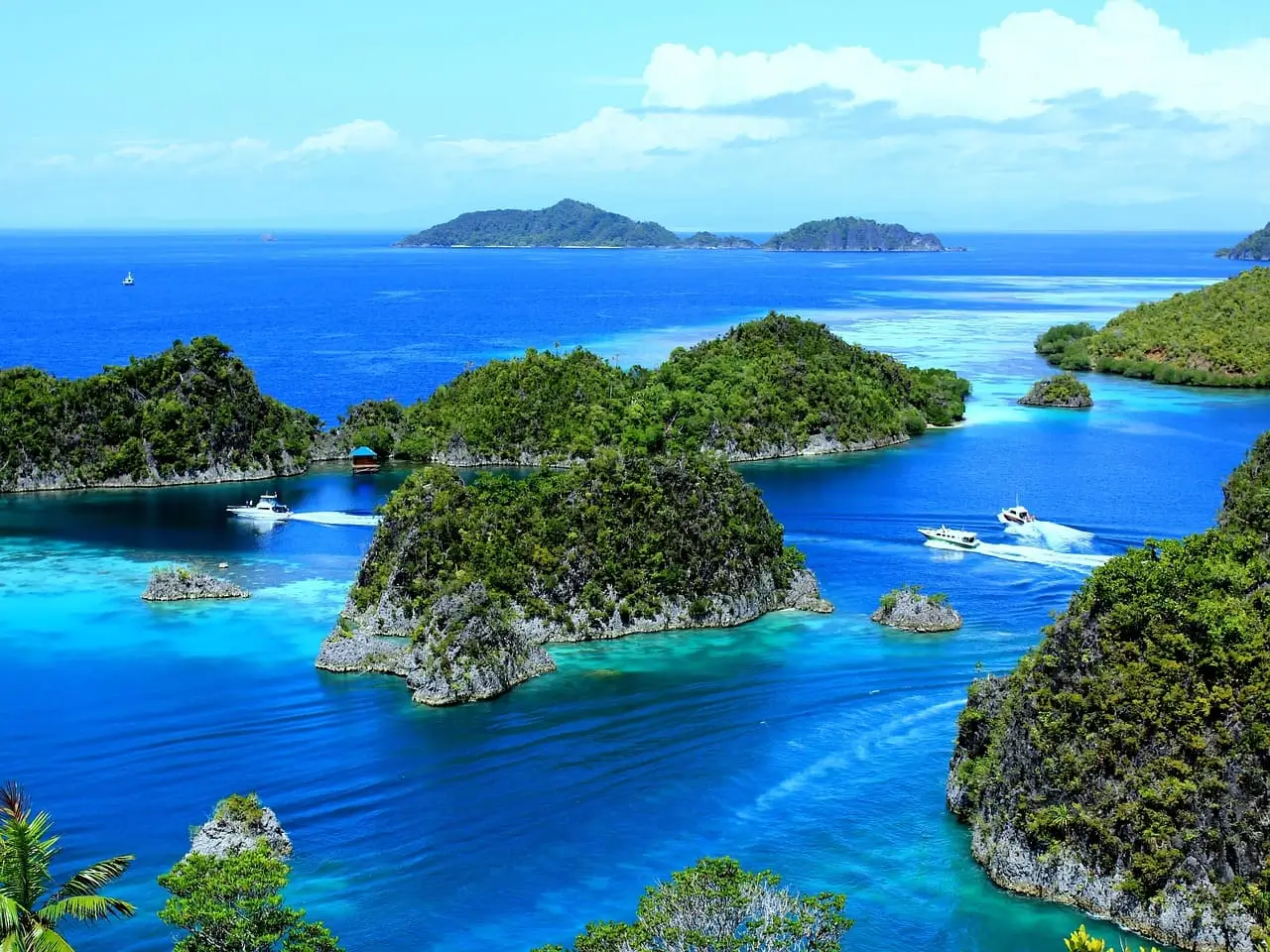
Raja Ampat, located in the heart of the Coral Triangle, is often called the crown jewel of Indonesian diving. Known for its unparalleled marine biodiversity, this remote paradise boasts crystal-clear waters, lush coral gardens, and an explosion of marine life. Whether you’re an experienced diver or just starting, Raja Ampat offers some of the most breathtaking underwater experiences in the world.
Richest Marine Biodiversity
Raja Ampat is home to the richest marine ecosystem on the planet. With over:
✔ 1,500 species of fish – more than any other region in the world
✔ 600 species of coral – 75% of the world’s known coral species
✔ Endangered marine species like manta rays, pygmy seahorses, and rare walking sharks
The biodiversity here is so vast that scientists are still discovering new species, making every dive an unforgettable adventure.
Best Dive Sites in Raja Ampat
| Dive Site | What Makes It Special? |
|---|---|
| Misool | Dramatic limestone formations, soft corals, and hidden caves |
| Cape Kri | Holds the world record for most fish species spotted in one dive |
| Arborek Jetty | Shallow dive with vibrant coral and friendly schools of fish |
Each site offers a unique underwater landscape, from walls covered in coral to shallow reefs teeming with macro life. Whether you love drift diving, deep diving, or underwater photography, there’s a perfect site for you.
Diving Conditions in Raja Ampat
Raja Ampat offers excellent diving conditions year-round, but it’s best from October to April when the seas are calmer.
✔ Water Temperature: Warm, ranging from 27°C to 30°C (81°F to 86°F)
✔ Visibility: Often exceeding 30 meters (100 feet)
✔ Currents: Strong in some areas, making it ideal for drift diving
While Raja Ampat has dive spots for all levels, some sites have powerful currents, making them more suitable for experienced divers.
Conservation Efforts in Raja Ampat
Raja Ampat is one of the most well-protected marine sanctuaries in the world. The Indonesian government and conservation organizations work together to preserve its delicate ecosystem.
🌱 Marine Protected Areas – Over 9,000 square kilometers of ocean are protected.
🐢 Sustainable Tourism – Visitor fees go toward reef conservation and local communities.
🐠 No-Take Zones – Certain areas restrict fishing to allow marine life to thrive.
Thanks to these efforts, Raja Ampat remains one of the last pristine marine environments on Earth. Divers are encouraged to practice eco-friendly diving by avoiding contact with corals and respecting marine life.
External Resources
If you’re dreaming of a once-in-a-lifetime diving adventure, Raja Ampat should be at the top of your list. From massive schools of fish to untouched coral reefs, this destination offers an unparalleled underwater experience. 🌊🤿
4. The Thrill of Night Diving in Kona, Hawaii
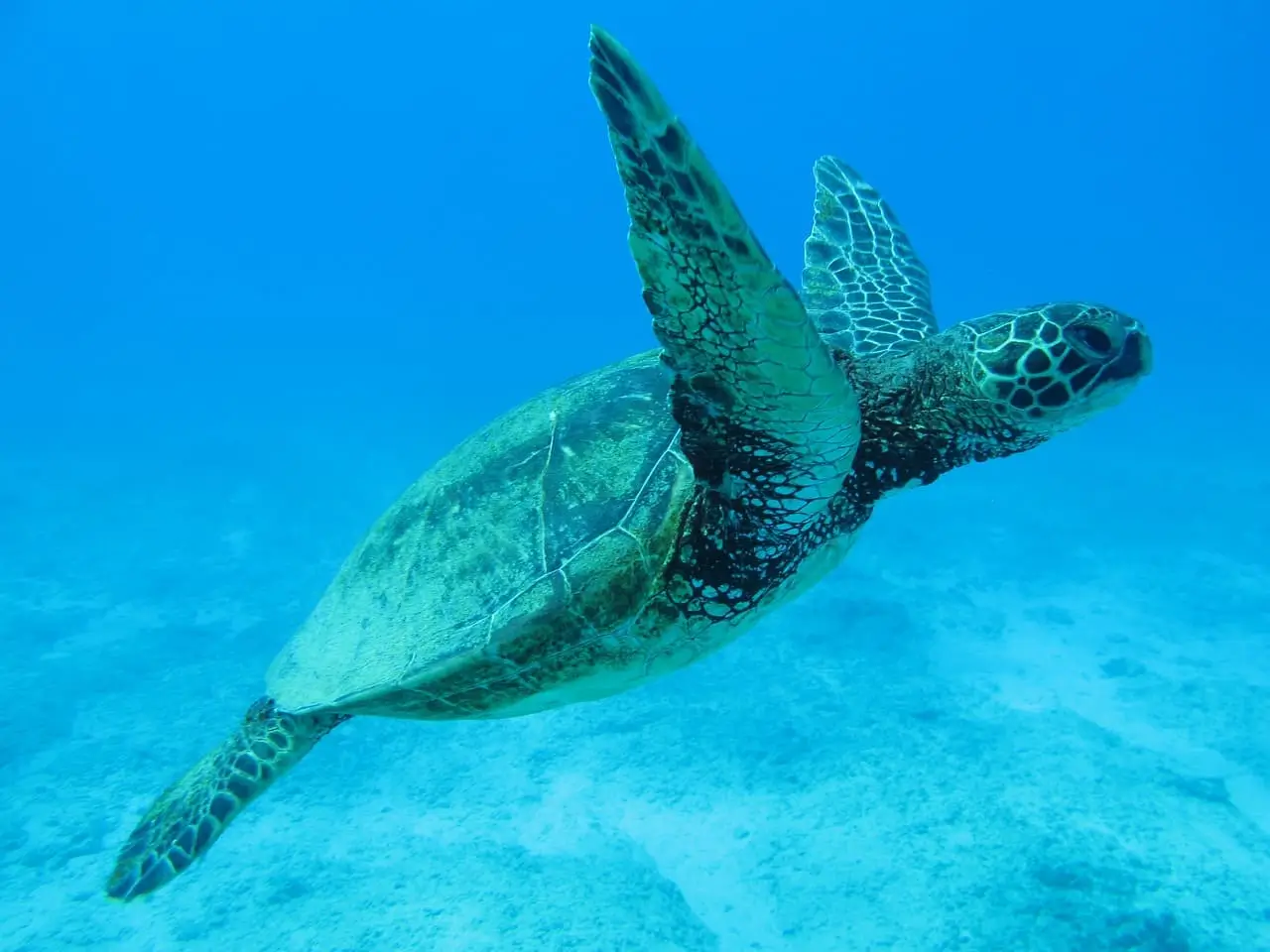
Imagine descending into the dark, open ocean as beams of light illuminate the water, revealing the graceful movements of giant manta rays. This is the Kona Manta Ray Night Dive, one of the most thrilling and unforgettable Scuba diving experiences in the world. If you’re seeking adventure and a unique encounter with marine life, Kona’s night dive should be at the top of your bucket list.
What Makes It Special?
✔ Manta-Ray Encounters at Night – One of the few places on Earth where you can safely dive with dozens of manta rays.
✔ Bioluminescent Plankton – The water glows with a magical blue shimmer, creating a surreal underwater atmosphere.
✔ Close Interaction – The mantas, with wingspans reaching up to 20 feet, glide gracefully around divers and snorkelers.
Kona’s night dive is completely safe, as manta rays are harmless filter feeders, feeding on plankton attracted by divers’ lights.
Best Diving Experience: Kona’s Manta Ray Night Dive
| Dive Feature | Details |
|---|---|
| Depth | 30-50 feet (9-15 meters) |
| Duration | 45-60 minutes |
| Best Time | Year-round, but peak season is from May to October |
| Skill Level | Beginner-friendly, guided by professionals |
The dive begins at sunset, as divers descend and position themselves in a circle on the sandy bottom. Dive lights attract plankton, which in turn draws the graceful mantas, creating a breathtaking ballet of swirling giants.
Ideal Diving Conditions
Hawaii’s warm waters and consistent visibility make this dive accessible to all levels of divers.
✔ Water Temperature: 24°C to 27°C (75°F to 80°F) – Comfortable even at night.
✔ Visibility: Ranges from 50-100 feet, ensuring a clear view of the mantas.
✔ Currents: Generally mild, but can vary with ocean conditions.
Unlike most night dives, this one is well-lit thanks to the concentrated dive lights, making it less intimidating for those new to night diving.
Other Must-Visit Dive Sites in Hawaii
While Kona’s Manta Ray Night Dive is the highlight, Hawaii offers many more incredible dive spots:
| Dive Site | Why Visit? |
|---|---|
| Molokini Crater (Maui) | Partially submerged volcanic crater with crystal-clear visibility |
| Black Rock (Maui) | Dramatic drop-offs and frequent turtle sightings |
| Lanai Cathedrals | Stunning lava tube formations with light-filled caverns |
Each of these sites offers unique underwater landscapes, from lava caves to deep walls teeming with marine life.
External Resources
If you’re looking for a once-in-a-lifetime dive experience, Kona’s Manta Ray Night Dive should be at the top of your list. Ready to dive into the magic of Hawaii? 🌊🤿
5. Exploring the Unique Underwater World of the Galápagos Islands
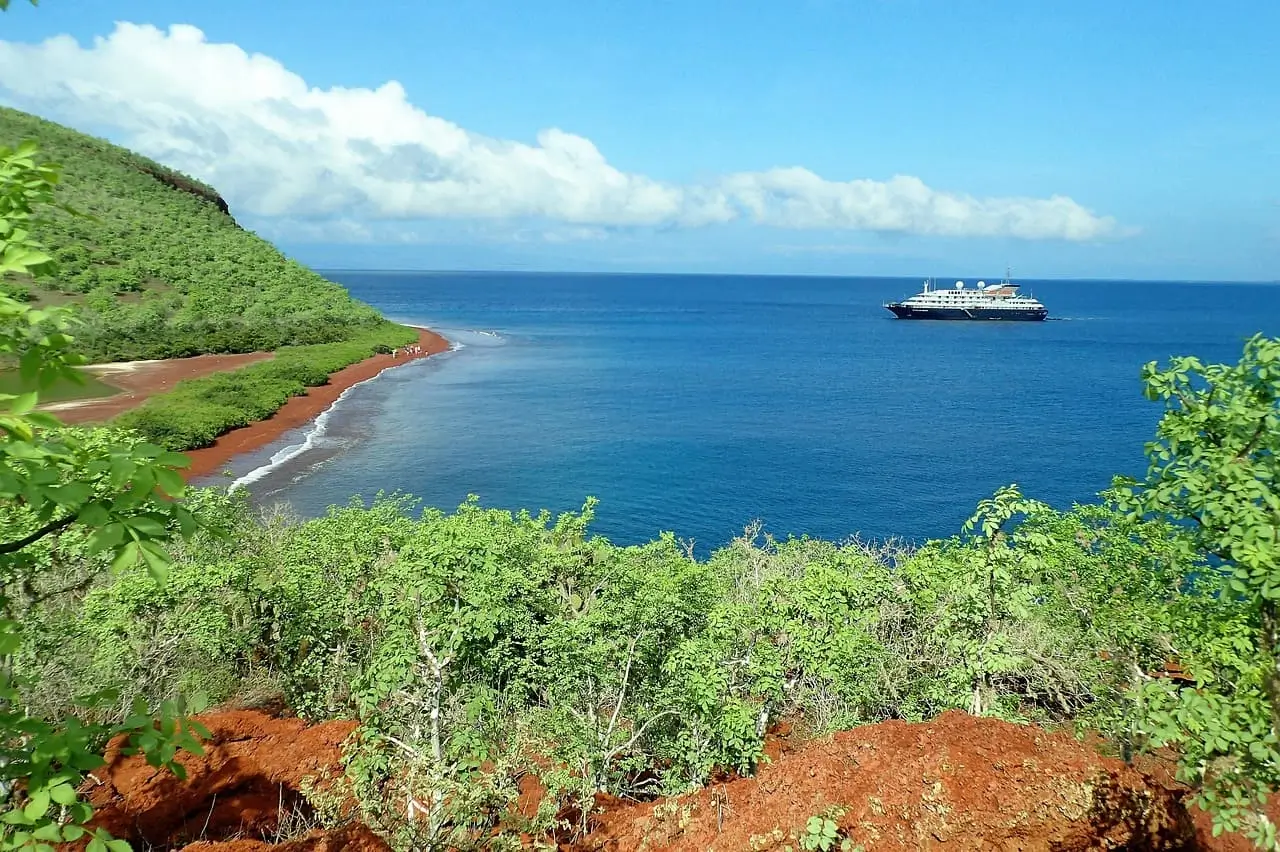
Diving in the Galápagos Islands is like stepping into another world—one where schools of hammerhead sharks, playful sea lions, and marine iguanas share the same waters. Known as one of the best diving destinations on the planet, the Galápagos offers a once-in-a-lifetime experience for adventurous divers seeking rare marine encounters and challenging conditions.
Why It’s a Bucket List Dive Spot
✔ Incredible Marine Life – Encounter hundreds of hammerhead sharks, whale sharks, and even Galápagos penguins.
✔ Unique Species – The only place in the world where you can see marine iguanas feeding underwater.
✔ Pristine and Remote – These protected waters are largely untouched, offering some of the most biodiverse diving experiences on Earth.
The Galápagos Islands are part of a UNESCO World Heritage Site, making conservation and strict regulations a priority to protect the fragile ecosystem.
Best Dive Sites in the Galápagos
| Dive Site | What You’ll See | Experience Level |
|---|---|---|
| Darwin’s Arch | Massive schools of hammerhead sharks, whale sharks | Advanced |
| Wolf Island | Galápagos sharks, eagle rays, vibrant reef life | Advanced |
| Punta Vicente Roca | Sunfish (mola mola), marine iguanas, sea turtles | Intermediate |
| Gordon Rocks | Hammerheads, sea lions, strong currents | Advanced |
Most of the best dive sites are only accessible by liveaboard, so plan your trip accordingly!
Diving Challenges: Not for Beginners
The Galápagos isn’t for the faint of heart—this is an advanced diving destination that requires experience and confidence in strong currents.
✔ Strong Currents – Expect powerful drift dives, making good buoyancy control essential.
✔ Cold Water – Despite being near the equator, water temperatures can drop to 16°C (60°F) due to upwellings.
✔ Limited Visibility – Nutrient-rich waters can reduce visibility, but they attract diverse marine life.
To safely dive the Galápagos, you should have at least 50+ logged dives and be comfortable with deep dives, currents, and low visibility conditions.
Wildlife Encounters: Unlike Anywhere Else
The Galápagos is one of the few places in the world where land and sea creatures have evolved side by side, leading to some of the most unique diving experiences:
| Marine Life | Why It’s Special |
|---|---|
| Hammerhead Sharks | Large schools, often seen in the hundreds |
| Marine Iguanas | The only diving lizards in the world, feeding on algae |
| Sea Lions | Playful and curious, often interact with divers |
| Whale Sharks | Visit during peak season (June–November) |
| Mola Mola (Sunfish) | Rare sightings, especially in colder waters |
The combination of massive pelagic species and endemic creatures makes the Galápagos one of the most exciting dive destinations in the world.
External Resources
If you’re an experienced diver looking for the ultimate adventure, the Galápagos Islands should be at the top of your diving bucket list. Ready to take the plunge? 🌊🤿
Dive into Your Next Adventure
From the colorful coral gardens of the Great Barrier Reef to the thrilling depths of the Blue Hole in Belize, each of these top scuba diving spots offers a unique underwater experience. Whether you’re seeking rare marine life, dramatic underwater landscapes, or adrenaline-pumping drift dives, these destinations are truly must-visit underwater paradises.
If you’re an experienced diver, the Galápagos Islands and Raja Ampat promise unforgettable encounters with some of the world’s most fascinating marine species. On the other hand, if you love the idea of a thrilling night dive, Kona, Hawaii’s manta ray experience is hard to beat. No matter your skill level or diving preference, there’s a perfect dive spot waiting for you!
Now, it’s time to start planning your next underwater adventure! 🌊🤿
👉 Which dive site is on your bucket list? Let us know in the comments!
